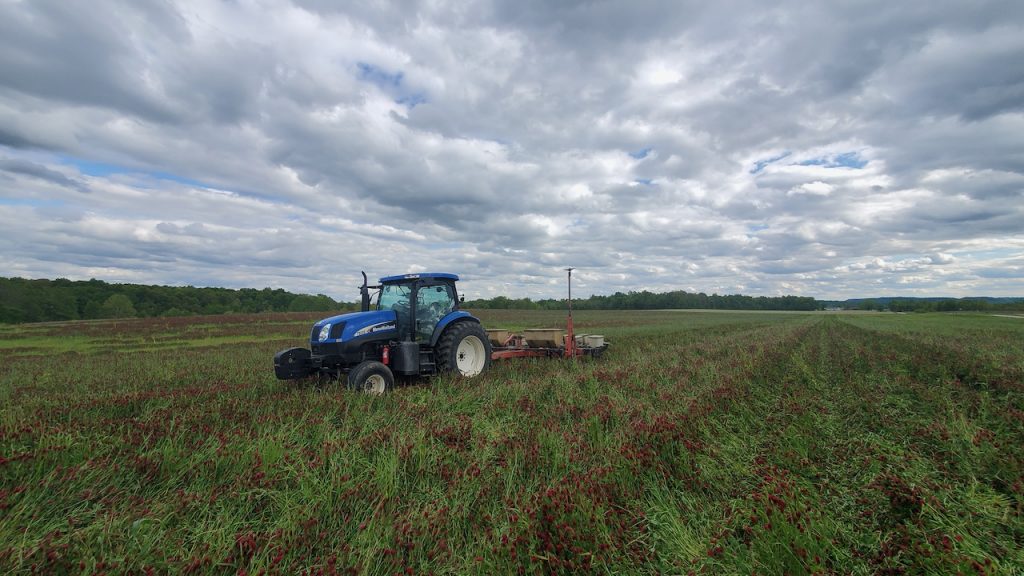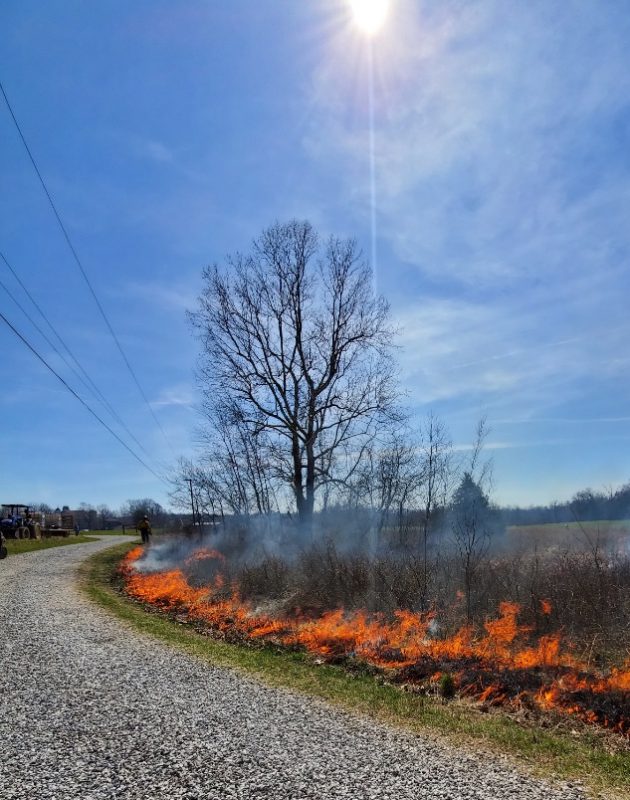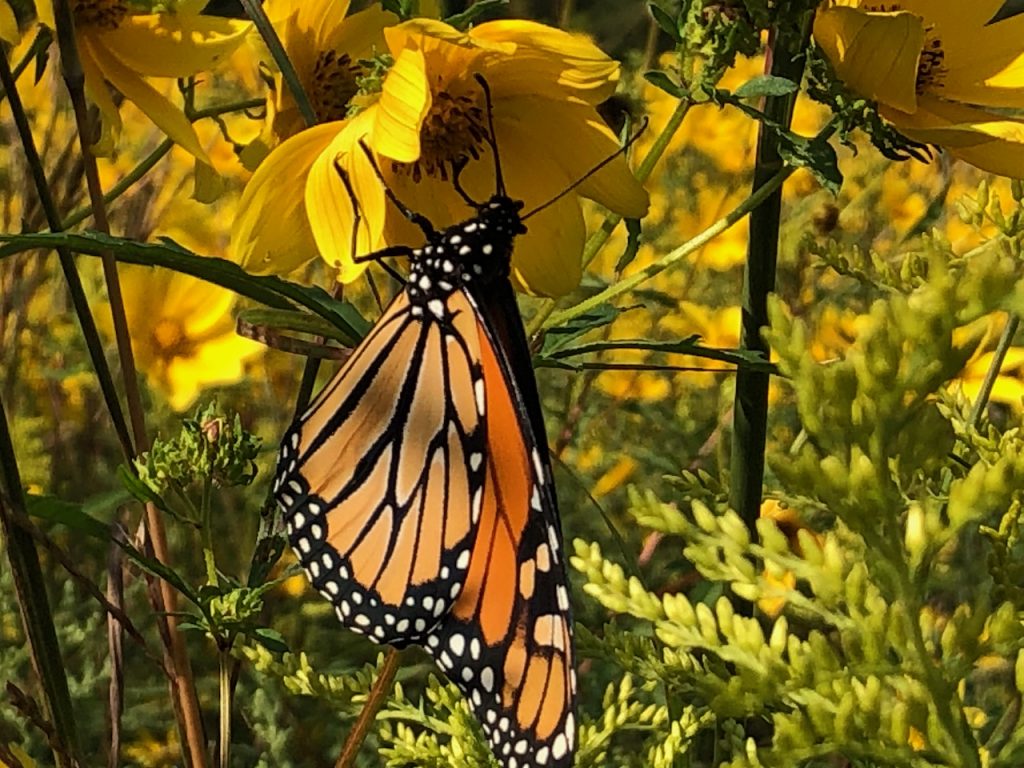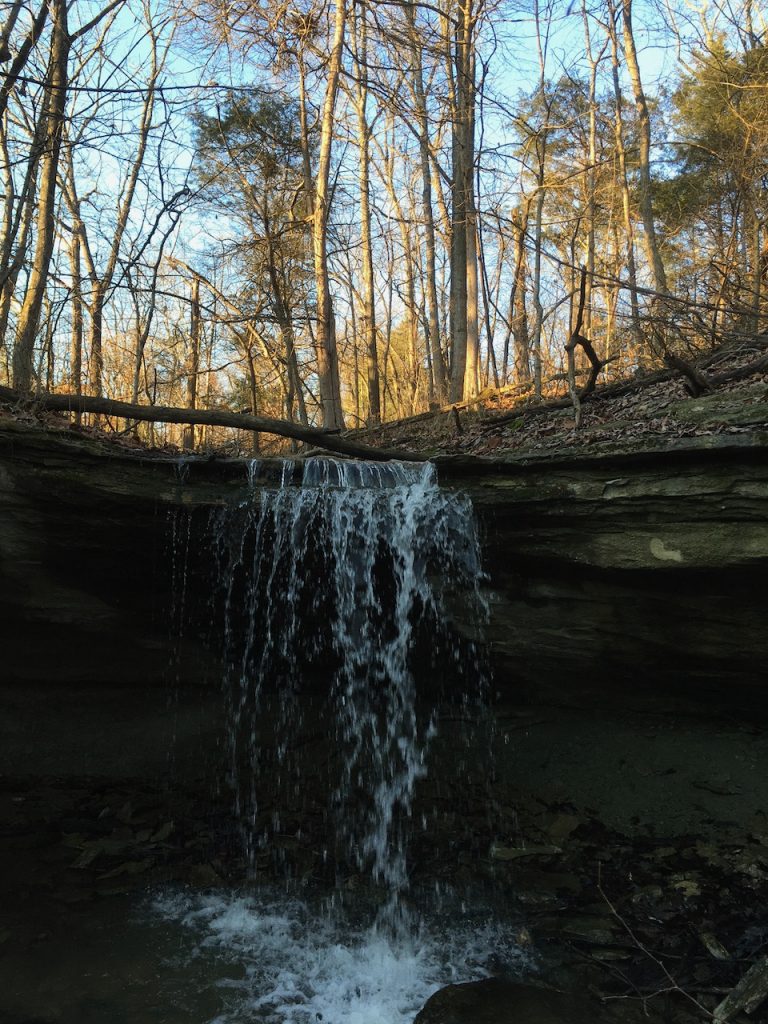Conservation
The Loretto Motherhouse Farm and Land Management Committee has had a clear focus on conservation for many years. Many of the conservation practices are intertwined with the daily operations of the farm—such as rotationally grazing cattle, planting crops without tilling the soil, and using cover crops. More obvious conservation practices include our participation in programs with the U.S. Department of Agriculture’s Natural Resource Conservation Service (NRCS), including 75 acres enrolled in the Conservation Reserve Program (CRP) and woodland acres enrolled in the Forest Stand Improvement Program. The farm has also implemented riparian buffer zones along Coleman Run for waterway protection.
Cover Crops
Cover crops are sown after the harvest of commercial crops like corn and soybeans; they grow through the winter and are a beneficial alternative to leaving the field barren. We have been growing cover crops on a small scale since 2014, but have planted them on 100% of our grain acres since 2018. These crops reduce erosion, improve soil quality, reduce weeds, and store tremendous amounts of carbon in the soil. Roughly 540 metric tons of CO2 were sequestered by our cover crops in 2019, mitigating the amount of CO2 from approximately 117 vehicles!

Photo by Angela Rakes
USDA NRCS Program Participation
Conservation Reserve Program
Part of our Conservation Reserve acres are planted in native warm season grasses that thrive in the summer months, providing great habitat for many types of wildlife and storing carbon from the atmosphere in the soil! These grasses thrive so well, that we have started doing controlled burning to control the thatch and prevent them from smothering themselves out.
The remainder of the CRP acres are planted in hardwood trees and wildflowers.

Photo by Angela Rakes
Riparian Buffer Zones
Coleman Run is the main branch of water flowing through the Loretto Motherhouse Farm. As part of a project with NRCS, 35-foot-wide buffer zones were established where the creek adjoins our pastures. These areas were planted in native species and is an unmowed, ungrazed area that filters and slows any possible run off. Additionally, this area provides habitat for wildlife and sequesters carbon from the atmosphere into the soil.

Photo by Susan Classen
Forest Stand Improvement
As part of the Forest Stand Improvement program, we are continually assessing the composition and health of our woodlands. This includes removing invasive species like Bradford Pear, Tree of Heaven, and Autumn Olive. Additionally, the overall species representation in the woodlands are analyzed and any overpopulated species are thinned to make way for the underpopulated species. We are always learning and adapting to new information and technology. This is evident in our recent abandonment after 30+ year use of the “girdling” technique in exchange for the “hack and squirt” technique. This newer technique is much faster and just as effective for thinning trees while being much safer as well.

Photo by Susan Classen
